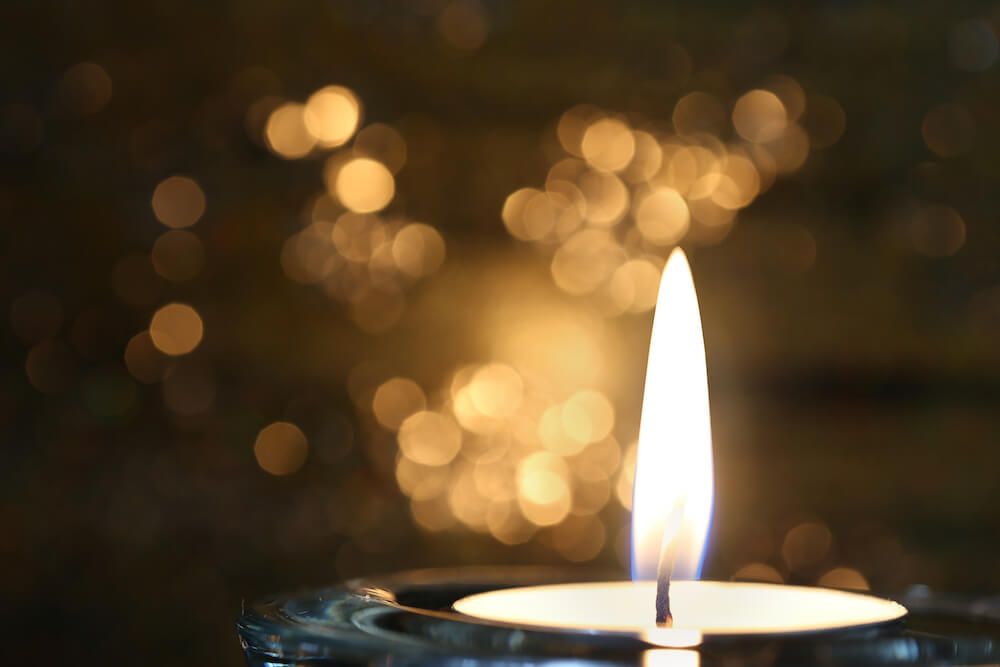Should You Put The Lid On A Candle?
Whether or not to put a lid on a burning candle is a common question that many candle users ponder. Proponents of putting a lid on a lit candle cite safety concerns like limiting oxygen supply to the flame or containing the scent. Others argue that a lid can trap heat, pose a fire risk if knocked over, or ruin the experience of enjoying a candle’s light and fragrance.
This article will explore the potential pros and cons of putting a lid on burning candles. It will provide safety information from experts, examine alternatives to lids, and offer guidelines for when and how to properly use lids with candles if desired.
Safety Concerns
Candles present several potential safety risks if not used properly. The most serious risk is an accidental fire. According to the U.S. Fire Administration, candles are the cause of an estimated 15,600 house fires, 180 deaths, and 1,270 injuries each year in the United States. Improperly handled candles account for 6% of reported home fires in the U.S. (https://www.usfa.fema.gov/prevention/home-fires/prevent-fires/candle/).

To mitigate fire risk, it’s important to trim candle wicks to 1⁄4 inch before lighting to prevent high flames and soot buildup. The National Fire Protection Association advises against leaving burning candles unattended or sleeping in a room with a lit candle, as materials like curtains, furniture, and bedding can easily catch fire if the flame tips over (https://www.nfpa.org/education-and-research/home-fire-safety/candles). Candles should be kept away from drafts, vents, ceiling fans, pets, and children to prevent accidental tipping and fires.
Oxygen Depletion
When burning, a candle consumes oxygen in the surrounding air. Without sufficient oxygen supply, the flame can become unstable, producing more soot and burning unevenly. According to an experiment by Harvard University, when a burning candle is covered, it quickly uses up the available oxygen and extinguishes The burning candle – rising water experiment.
Although one candle in a room is unlikely to significantly reduce oxygen levels, excessive soot and smoke indicates oxygen depletion. Allowing proper airflow helps maintain a consistent flame and minimize these issues. Extinguished candles also continue producing some smoke and fumes, so keeping it covered can trap these unpleasant odors and particles. Proper ventilation is key for clean, efficient candle burning.
Containment of Scent
Using a lid on a scented candle helps to trap the fragrance and makes the candle last longer before the scent fades. When a candle is burned without a lid, the scent disperses into the air more quickly. According to Perfumes Loewe, “The Candle Lid preserves the wax and prolongs the diffusion of subtle notes.” Lids help keep the scent from dissipating too fast so you can enjoy the candle’s fragrance for a longer period of time.
Dust and Bugs
Using a lid can help prevent dust and insects from getting into the candle when it’s not in use. As the candle burns down, the wax becomes exposed and susceptible to gathering dust particles that can dull the fragrance (Gold Debossed Candle Lid). Flying insects are also attracted to the scent of candles and may land directly in the wax or get stuck (100 Pieces Candle Dust Protectors Paper Candle Lids Candle Drip Protectors Candle Vigil Supplies for Craft Candle Making Dust Protection, 2.75 Inch, White). Using a proper fitting lid blocks access for dust and bugs to get into the candle while preserving the scent and cleanliness of the wax when not in use.
Opinions from Experts
Candle experts recommend leaving the lid off while the candle is burning. According to the blog at Harlem Candle Company, “Technically, yes. Putting the lid on a burning candle deprives the flame of the oxygen it needs to keep going. A candle flame is essentially a small fire, after all, and fire needs oxygen.”
The National Fire Protection Association advises against covering a burning candle, stating “Candles should not be left unattended or sleep in a room where candles are left burning. Avoid using candles in areas where they could be knocked over by children or pets.”
Michael Rivers, owner of Mountainside Candle Company, said in an interview “We never recommend putting the lid on a burning candle. It’s a major fire hazard that can cause the candle to overheat and explode.”
Most manufacturers advise removing the lid while the candle is lit. For example, the Nest New York product description states “When the candle is not in use. When the candle is lit, remove lid.” This helps ensure proper air circulation.
Lid Alternatives
Instead of putting a lid directly on a burning candle, there are safer alternatives to contain the flame and scent. Using a proper candle holder or container designed for burning candles can help prevent issues that arise from putting lids directly on candles (cite: https://www.safewise.com/blog/fire-safety-tips-for-candles-in-the-home/). Candle holders keep the flame elevated and allow airflow, while still containing the scent. Look for holders made of heat-resistant materials like glass, metal, or ceramic.
Candle snuffers are another alternative for extinguishing candle flames before putting a lid on. Snuffers smother the flame without blowing wisps of smoke and odor. Simply place the bell-shaped end over the flame until it’s fully extinguished. Then you can safely put on a lid without risk of the candle relighting. Using snuffers reduces oxygen flow while the candle is still lit compared to putting on a lid, allowing for safer containment (cite: https://germaniainsurance.com/blogs/post/germania-insurance-blog/2022/10/31/are-you-burning-candles-safely-preventing-candle-fires-this-season).
When to Use a Lid
Putting a lid on a burning candle can help extinguish the flame by cutting off oxygen supply. However, experts recommend using discretion when deciding whether or not to use a lid.
According to Harlem Candle Company, a lid may be appropriate for emergency situations when you need to quickly put out a candle. For example, if you smell gas in your home and need to immediately extinguish all flames. In non-emergency situations, it’s better to blow out candles or use a snuffer.
Lids are also useful for candles like jar candles or votives to help contain the scent when not in use, according to Born Bright Candles. Simply lift the lid to release the fragrance when you want to enjoy the candle.
In general, only use a lid briefly to extinguish a flame and avoid leaving a lid on a hot candle for an extended period of time. Allow the wax to fully harden and cool before covering.
Proper Lid Usage
While it’s not recommended to put a lid directly on a burning candle, you can use the lid to safely extinguish the flame if done correctly. According to Harlem Candle Company, the key is to hover the lid just above the flame without resting it directly on top. This cuts off oxygen supply while allowing heat and smoke to escape.
Additionally, it’s crucial to trim the wick to 1⁄4 inch before lighting to prevent excess smoke and soot. As Fernweh Editions explains, “Long wicks create higher flames, more wax pooling, more fragrance burn off, and more soot.” Trimming helps contain the flame and allows for safer lid placement.
When extinguishing with a lid, gently set it at an angle on top of the candle once the flame is small. Never place a lid on a tall, raging flame as this can shatter the glass or cause a flare-up. Allow the candle to completely cool before replacing the lid tightly. Proper wick length and cautious lid use helps maximize burn time and prevent blow outs.
Conclusion
When considering whether to put a lid on a burning candle, there are valid arguments on both sides. On the one hand, lids can help contain fragrance, prevent contamination from dust or bugs, and limit oxygen supply to extend burn time. However, experts caution that excessive containment can lead to unsafe buildup of volatile compounds or deprive the flame of oxygen, increasing smoke and risk of explosion.
The consensus seems to be that lids can be used selectively, but require caution. Lit candles should not be left unattended with tight-fitting lids, as the flame needs adequate airflow. But for short periods, gently resting a lid atop a burning candle to retain scent or protect from airborne particles is likely fine. Wick trimming and using candleholders that naturally restrict oxygen near the flame can also help avoid issues.
In summary, while lids can serve helpful purposes, they require attentive monitoring when placed on burning candles. Following safety precautions like never leaving lit candles alone, trimming wicks, and allowing airflow around flames minimizes risks if lids are used judiciously.


